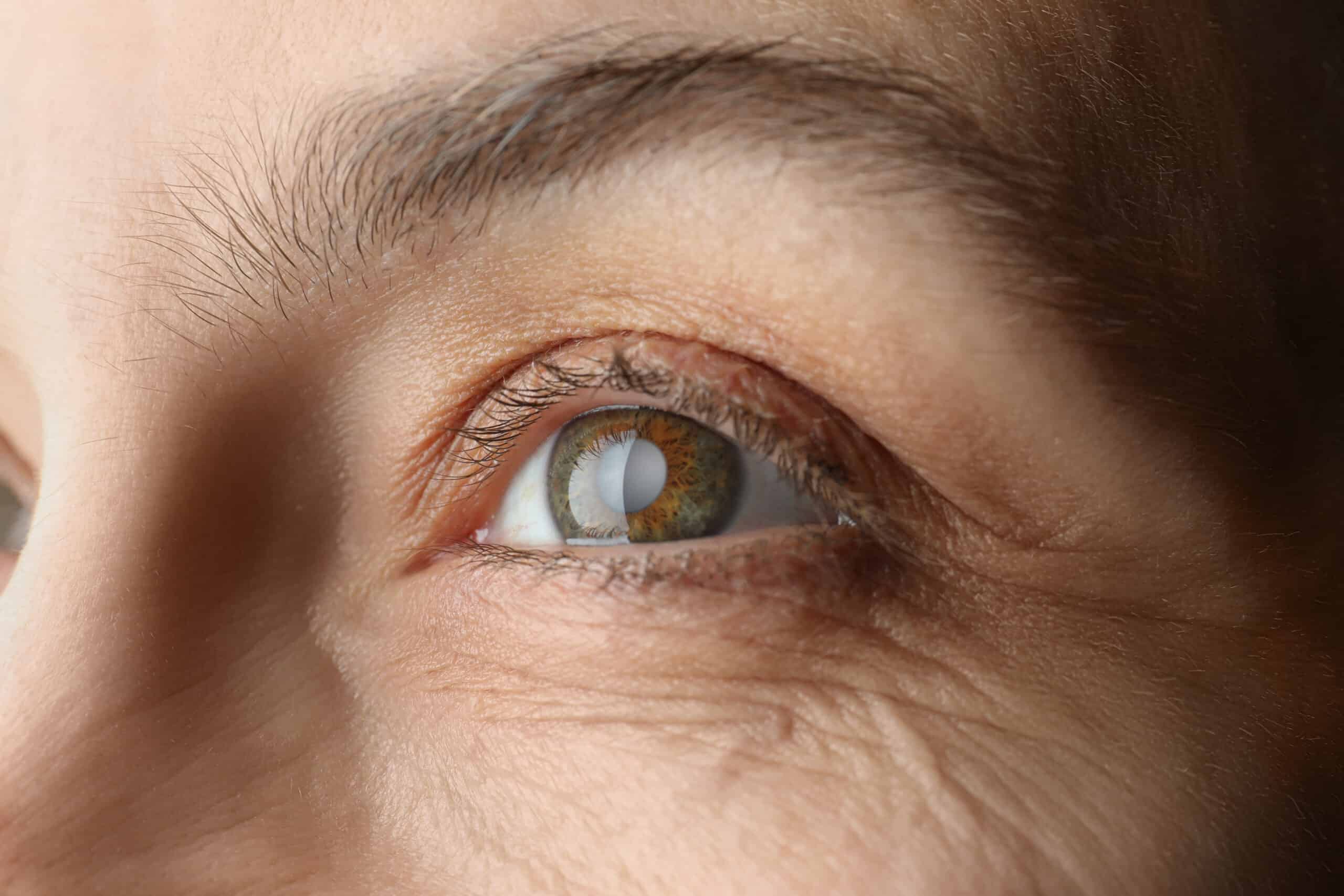While all cataracts impair vision by clouding the eyes’ lenses, not all cataracts are the same. To help patients better understand cataracts, the doctors at Laser Eye Center of Miami have provided this guide to distinguish between the types of cataracts that can develop on the eyes. Read on to learn about nuclear sclerotic cataracts, cortical cataracts, posterior subcapsular cataracts and congenital cataracts:
Nuclear Sclerotic Cataracts
The most common type of cataract is nuclear sclerotic. The term “nuclear” refers to how these cataracts form at the middle of the lens. With time, the lens thickens and changes color. At first the lens looks yellowed but when the cataracts worsen, the eye can appear gray. Interestingly, the eye can lose its ability to distinguish colors as its own color changes.
What makes this kind of cataract unique is that it is known to temporarily improve a patient’s vision initially. Known as “second sight,” this ironic phenomenon enhances one’s ability to look at nearby objects. Unfortunately, this positive effect is fleeting, and the patient’s sight gets drastically worse in the long term.
Cortical Cataracts
These cataracts begin to form on the outer layer of the lens. As they worsen, however, the haziness expands inward to reach the nucleus of the eye, which blocks light’s ability to pass through the lens. Patients with cortical cataracts notice symptoms like blurry vision and wavy lines. Prescription lenses are effective at correcting vision when these cataracts are in their early stages, but surgery is necessary as they move inward.
Posterior Subcapsular Cataracts
Posterior subcapsular cataracts form on the back of the lens. While that may seem out of the way, they still pose a problem since that is the area through which light enters the eye. People with these cataracts have an especially hard time seeing at night and reading. Halos can be seen around lights.
Unlike other types of cataracts that progress over a span of years, posterior subcapsular cataracts develop rapidly, becoming severe after a few months.
Congenital Cataracts
Although cataracts are generally associated with aging, they can develop at any age. In fact, some children are even born with cataracts. The severity of congenital cataracts varies widely: some kids require no treatment, while others need cataract surgery to see without obstruction.
Find Your Surgeon
The good news is that whatever type of cataracts you have, the experts at Laser Eye Center of Miami have a reliable way to treat it: cataract surgery. To speak to Dr. Gabriel Lazcano and Dr. Abraham Awad about the many benefits of cataract surgery, please call (305) 443-4733 for a consultation.







